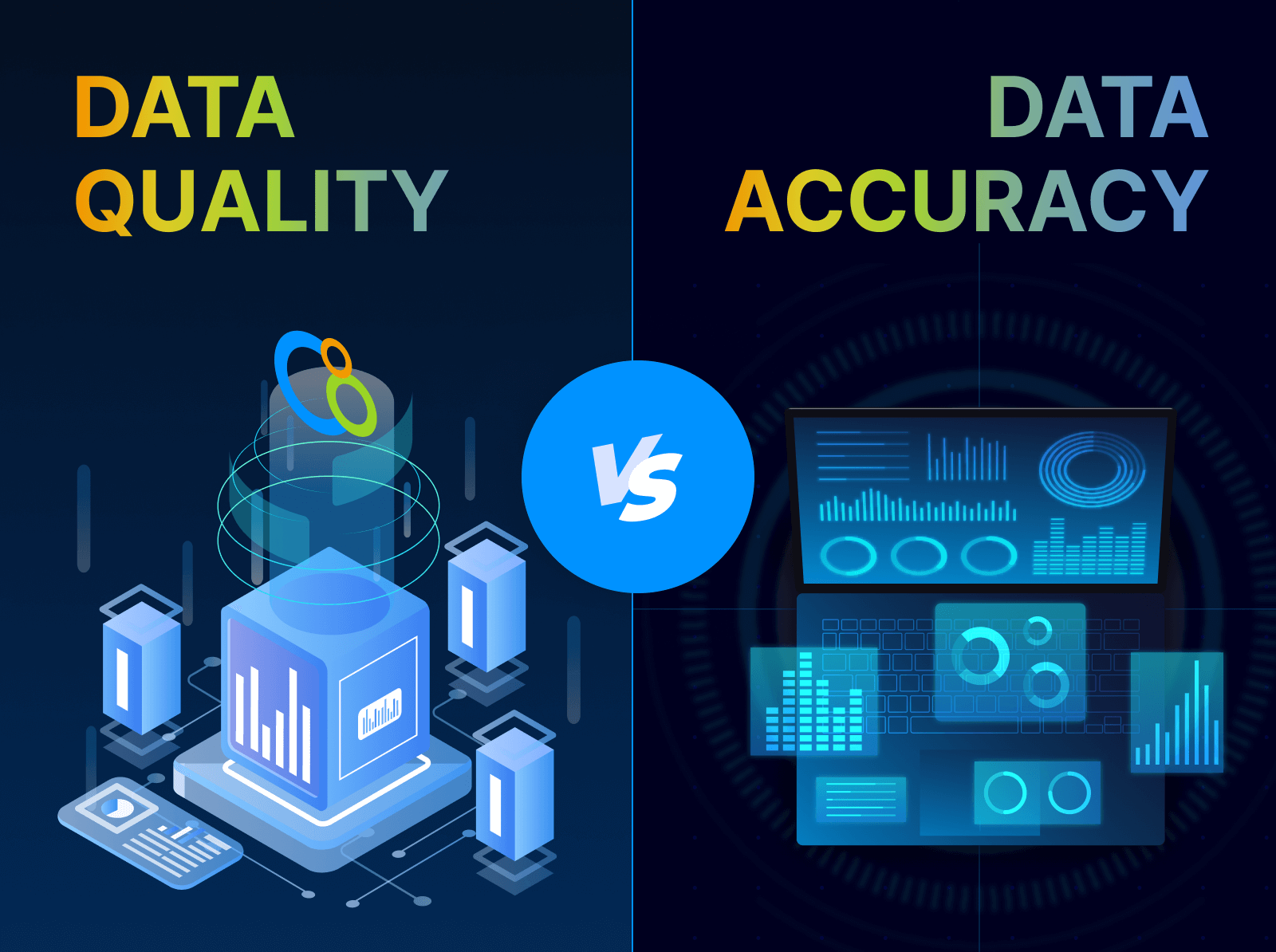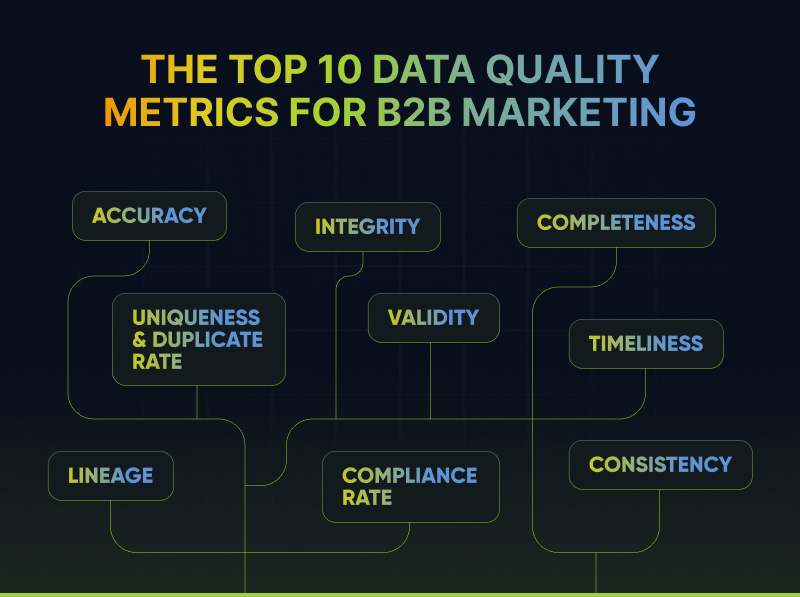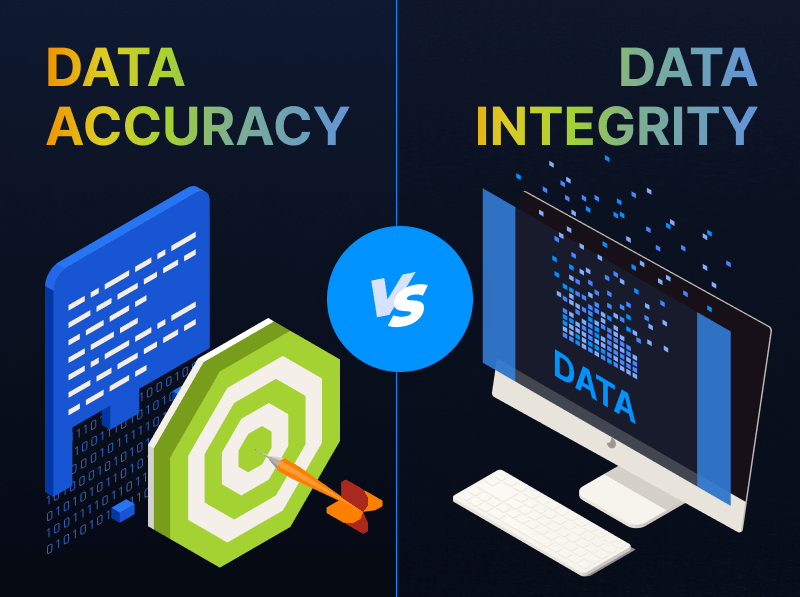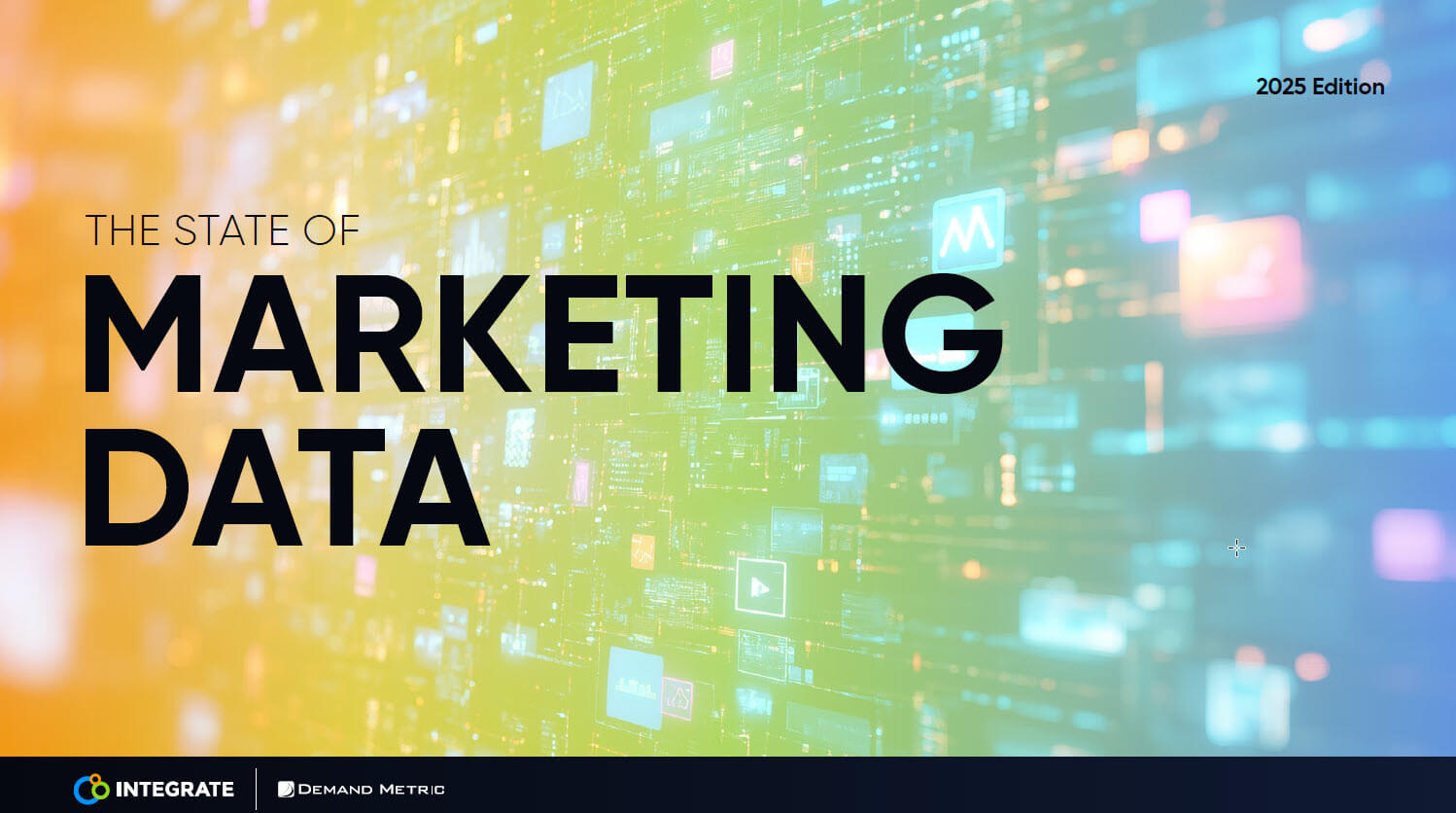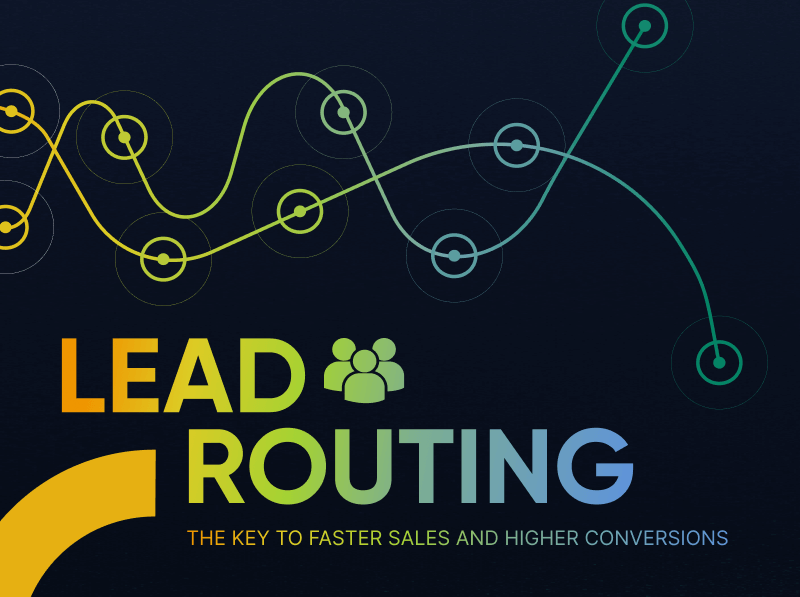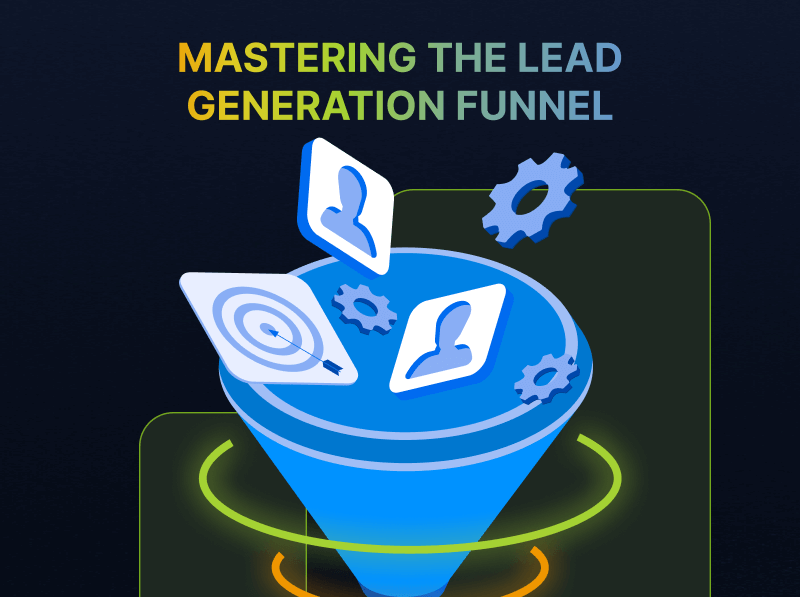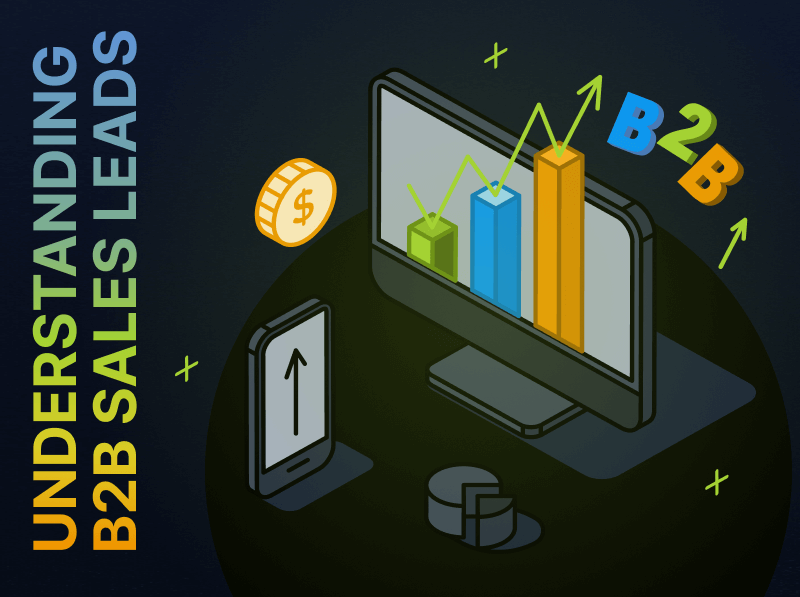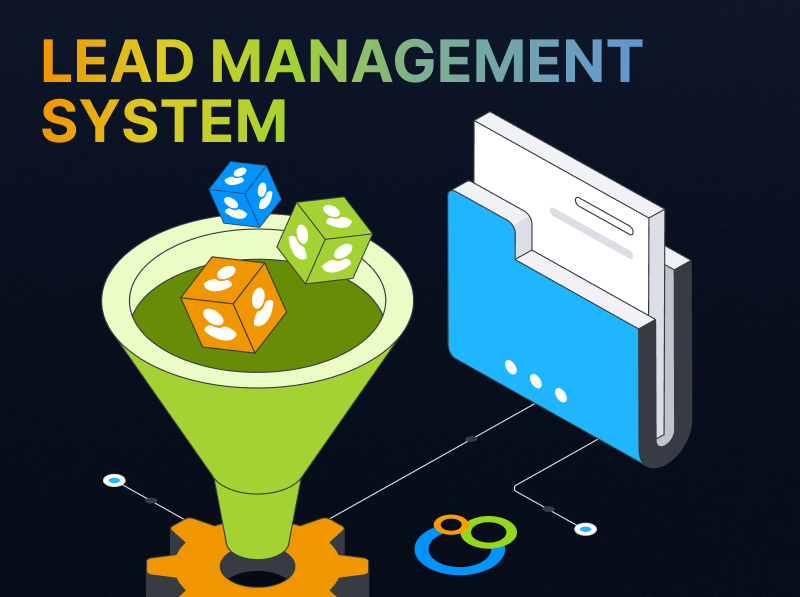Stop Measuring Your B2B Marketing Campaigns with B2C KPIs. Here’s How
B2B marketers: Stop evaluating B2B marketing campaigns through a B2C key performance indicator (KPI) lens.
We all know there are fundamental differences between consumer-focused marketing and an integrated marketing campaign targeted at business decision-makers. It’s time to ditch B2C metrics and formulate measurement tools that make sense for your department and your ideal customer’s path to purchase.
B2B marketers have more steps in the buyer’s journey to track and measure than ever before due to increasingly large buying committees and the dissemination of complex multichannel marketing campaigns. And (with rare exceptions), B2C marketers don’t need to measure six- to nine-month sales cycles.
According to the Harvard Business Review,
“The number of people involved in B2B solutions purchases has climbed from an average of 5.4 two years ago to 6.8 today [2017].”
B2B purchase decisions are driven by more than just emotion or impulse, and therefore, KPIs are entirely different from B2C measurements such as visitor-to-customer conversion rates. To employ the right demand gen and account-based marketing (ABM) KPIs, it’s important to understand how B2B differences impact the ways you measure marketing performance accurately.
Why B2B Marketing KPIs are Different From B2C Metrics
B2B marketing is to B2C marketing like chess is to checkers (that statement may irritate a few B2C marketers, but hey…you’re not my target audience). The board is similar, but the pieces, rules and complexity of strategies are considerably different. There are quite a few moving pieces in play; the length of the B2B sales cycle is often much longer as companies must acquire buy-in from multiple decision-makers among targeted accounts. B2C marketing, in contrast, generally encompasses just one or two decision makers, and sales cycles are typically much shorter.
Key Difference #1: Logic vs. Emotional Buying
Different priorities and pain points drive B2B and B2C marketing playbooks. B2B decision-makers are risk-averse and lean heavily on logic to evaluate solutions. While emotion plays a role in any human decision process, B2B purchases are based on calculated reason far more than B2C buying decisions.
Ardath Albee, CEO & B2B Marketing Strategist at Marketing Interactions, writes,
“Spending company funds comes with a lot of expectations and pressure. Depending on the nature and size of the purchase, the decision a B2B buyer makes could affect a whole lot of people and even the company’s sustainability or growth potential.”
Key Difference #2: Solution-Fit vs. Impulse Buying
In contrast, B2C product purchases are more impulse-based. B2C marketers must master emotionally driven marketing to capture the hearts of consumers. The motivations of want, rather than need or overall value, have a greater impact on consumer purchases.
4 B2B Marketing KPIs that B2C Marketers Don’t Follow
For most B2C marketers, concepts like marketing qualified leads (MQLs) aren’t a priority (or even a known term), because sales cycles are much shorter. There are exceptions for some B2C verticals, such as mortgages and other big-ticket purchases. However, most B2C marketers measure success with metrics such as:
- Website traffic
- Email click-through rate (CTR)
- Simple conversion rates
- Time on page
- Crawl rate
- Customer acquisition cost (CAC)
In B2B marketing, these metrics aren’t enough (in fact, they’re little more than vanity metrics, accept for maybe CAC). Demand gen marketers need to know the conversion rate of each stage of the sales funnel and the velocity that leads pass between funnel stages. B2B marketers need reporting and analytics tools that measure which combination of messaging, content, channels and sources/partners are contributing to sales pipeline. Compared to consumer-based marketing metrics, the KPIs that matter in B2B are more diverse and complex.
1. Marketing Qualified Leads and Sales Qualified Leads
Primary KPIs for B2B marketing organizations are quarterly and annual MQLs and SQL targets. At some organizations, these are two primary success measures for marketing teams. In most B2C industries, marketers don’t have to worry about qualifying their marketing and sales leads. In such cases, their sales cycle doesn’t require a formalized sales process, therefore the MQL/SQL system doesn’t add value.
2. Stage Velocity
Lead velocity is an important measurement to understand the impact of demand generation activities on the B2B sales pipeline. By following the speed leads and/or accounts pass through the sales funnel, marketers can adjust goals and tactics.
Formula: [(MQLs in current month) minus (MQLs in previous month)]/(MQLS in previous month)] x 100.
Due to the comparatively short length of sales cycles at most B2C organizations, the use of stage velocity tools for strategic planning isn’t valuable.
3. Average Deal Size / Average Contract Value
The average size of a new customer contract equates to average deal size. In B2B, it’s an important metric used to determine the number of annual deals needed to hit revenue goals as well as the amount of budget and resources to invest in each account. This KPI also has a great deal of value when it’s comes to understanding your ideal customer profile (ICP); for example, if you find that larger contract values are more likely to expand (or at least less likely to churn), you may decide not to target smaller businesses that can’t commit to such deal sizes.
Formula: (Total Revenue Closed/Number of Accounts Closed) = Average Deal Size
Average deal size reveals changes in the value of new customer contracts over time, as well as the impact of new product releases or strategic modifications on new customer spend.
Average deal size is rarely used in B2C because, with exceptions depending on industry vertical, there are no B2C customer contracts. B2C marketers may use metrics to measure customer lifetime value (LTV) or other parameters, but there are rarely varying initial deal sizes to track.
4. Customer Lifetime Value
Customer lifetime value (LTV) is the average value of a customer relationship. This metric is especially crucial at B2B organizations that depend on recurring customer revenue, such as software as a service (SaaS), professional services or industries with a contract.
For B2B organizations, LTV is a critical KPI for understanding revenue health, customer marketing and customer satisfaction. Analysts often evaluate LTV by cohorts comprising companies that became customers during a specific period.
Formula: (Total Customer Lifetime Spend/Total Customers) = Average Customer Lifetime Value
Within any B2B vertical with recurring customer spend, LTV can be used to measure satisfaction and loyalty. It can also be used to shape future demand generation efforts when LTV is used to measure the most profitable personas or industries. Except for consumer-facing subscription apps and services, LTV is not a relevant metric for most B2C companies.
How to Get Accurate Numbers
B2B marketers use quite a few channels for top-funnel lead generation. To scale lead generation efforts without sacrificing lead quality, demand marketers may rely on many inbound, outbound, paid and organic channels. According to the 2018 Chief Marketer B2B Lead Gen Outlook report, the following channels are the top lead sources for demand marketers:
- Email (53%)
- Content marketing (44%)
- Search (44%)
- Live events (40%)
- PPC/Display (16%)
- Print (12%)
- Retargeting (10%)
For accurate B2B marketing KPIs, demand marketers must develop tools for measuring the top of the funnel, including difficult-to-measure tactics, such as events, partnerships and trade shows.
The challenges associated with scaling top-funnel lead generation efforts and measuring across diverse sources has created a need in B2B for Demand Marketing Orchestration Software. These solutions, such as Integrate’s, create efficiency, ensure data quality and generate holistic measurement capabilities throughout the top of the funnel. With demand orchestration, B2B marketers can manage and measure diverse lead sources, govern lead data, automate lead routing and achieve closed-loop performance measurement for real-time campaign optimization.
Putting B2B Marketing KPIs to Work
Measuring marketing success is never simple, regardless of whether an organization is in B2B or B2C. However, for marketers who are making the transition to B2B, it’s common to have confusion about how to measure demand generation.
Longer sales cycles, a higher number of decision-makers and more top-funnel lead sources dictate the need for B2B marketers to adopt different KPIs and solutions to scale success with high-quality data insights.


